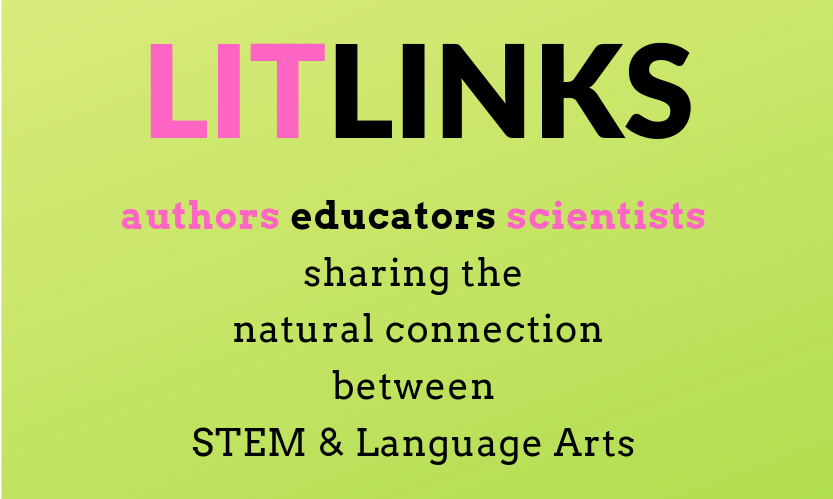
GUEST BLOGGER CYNTHIA ARGENTINE
Have you ever seen transformer toys? Maybe a robot that turns into a cement mixer or a truck that turns into an action figure? Kids are fascinated by transformation.
Nature is a transformer, too! It changes night into day, flower into fruit, leaves into soil, and dust and water into snowflakes. NIGHT BECOMES DAY: CHANGES IN NATURE (Millbrook Press, 2022) uses photographs, poetic language, and fascinating facts to show how nature is always at work, transforming.
Transformer science
Nature’s changes involve biology, geology, chemistry, physics, and ecology, and NIGHT BECOMES DAY touches on each of these. It shows erosion, dormancy, decomposition, cave formations, crystals, volcanoes, glaciers—there are so many ways matter can change! Consider using the book to introduce the rock cycle, water cycle, life cycle, soil science, or earth science.
Below, you’ll find four activities targeted to preschool and early elementary grades. Before each activity, read the book NIGHT BECOMES DAY: CHANGES IN NATURE aloud.
Activity #1: Guess the opposites
As you read, engage listeners in a guessing game. NIGHT BECOMES DAY groups phenomena into opposite pairs. First, there’s a SMALL change (a disappearing footprint) paired with a BIG change (a giant canyon). Next comes a QUICK change. After reading the QUICK example, ask “What is the opposite of QUICK?” Then turn the page and discover an acorn SLOWLY turning into a mighty oak.
Continue by asking the opposite of BRIGHTEN (dull), ABOVE (below), HOT (cold), and ANCIENT (new). To explain any unfamiliar words, there’s a free downloadable glossary on the author’s website. Be sure to read the back matter, too, which includes more fun facts about the science of change.
Activity #2: Match fruit, seeds, and flowers
Can your students find which fruits, seeds, and flowers are from the same plant? These matching games challenge kids to think about ways plants transform (download a printable PDF). You will need the pages, pencil, scissors, and glue or tape.
- Matching Game 1—Fruit & Seeds (draw a line to connect)
- Matching Game 2—Flower & Fruit (draw a line to connect)
- Matching Game 3—Flower, Fruit, & Seeds (cut and paste version)
- Guide Sheet for reference
Some kids will recognize common fruits and seeds. Starting with something familiar reinforces the idea that changes in nature are “ordinary” and happen all the time. Extend the learning by cutting open real fruit to reveal the seeds inside.
Some children may not have seen fruit grow from flowers. Help them make guesses based on details in the photos. Are the flowers high in the air (on a tree) or near the ground? Extend the activity by showing photos of the entire tree or plant. This is a great introduction to life cycles.
Activity #3: Write a poem about an acorn as a transformer
Here is a lovely video of an acorn sprouting. Made by Neil Bromhall, the video condenses 8 months to less than 3 minutes. It’s magical! After viewing it, ask students to write a short poem about what they saw. Encourage them to think of a simile or metaphor for the acorn’s growth. (Does it toss off covers like a child waking up? Grow straight like an arrow? Dance in the breeze? etc.)
Activity #4: Make an outdoor explorer bin
Fill a bin with tools kids can use to observe changes in nature, such as a magnifying glass, binoculars, journal, or tape measure. Go outside and look for transformations—weather changing, clouds moving, leaves falling, animals building nests, and so much more! Allow kids to choose a tool from the bin so they can carry their investigation further. What might I see with this magnifying glass? What can I describe in this journal? How has the size or color of this leaf, puddle, or ant hill changed since yesterday? Download a print-out of ideas to include in your bin. Let’s help kids enjoy nature—the ultimate transformer!
NGSS connections
K-ESS2-2, 1-LS1-1, 1-ESS1-1, 2-ESS1-1, 2-ESS2-1, 2-ESS2-2, 2-ESS2-3, 2-PS1-1, 2-PS1-4, 3-LS1-1, 3-LS3-2, 3-LS4-1, 3-LS4-3, 4-LS1-1, 4-ESS1-1, 5-LS2-1, 5-ESS2-1, 5-PS1-1, LS1.A, LS1.B, LS1.D, LS2.A, LS2.B, LS2.C, ESS1.A, ESS1.B, ESS2.E, PS1.A
Featured image credit: “Sunrise from the International Space Station” by NASA Johnson is licensed under CC BY 2.0
Cynthia Argentine writes creative nonfiction for children and teens. Her book Night Becomes Day: Changes in Nature (Millbrook Press) uses vibrant language and photos to highlight the dynamic nature of our world. Her book STEAM Jobs in Cybersecurity (Rourke Educational Media) covers the importance of cybersecurity, with “Fast Facts” about famous computer hacks. Cynthia has also written STEM articles for several national magazines. Prior to writing, she earned degrees in English, environmental science, and environmental law and worked as an environmental consultant. When not writing, she enjoys teaching piano lessons, cross-country skiing, and cooking new recipes with her husband.
- Website and Blog “Cup of Tea with Cindy”: https://cynthiaargentine.com
- Twitter: @CindyArgentine
- Pinterest: @CynthiaArgentine
- Instagram: @argentine_writer



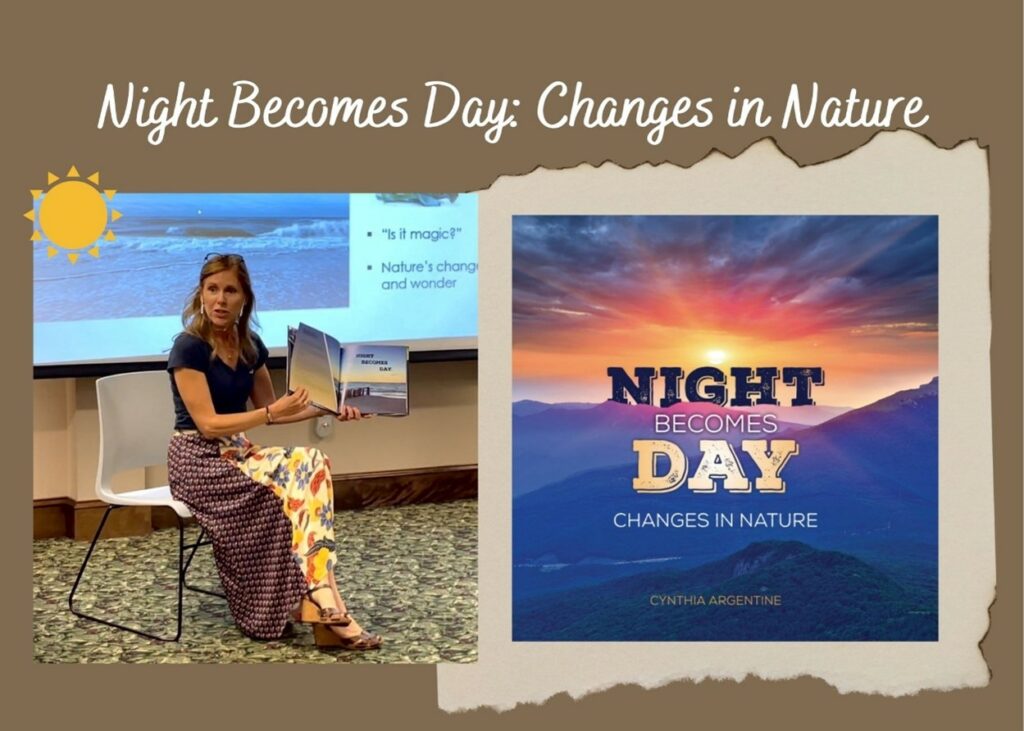
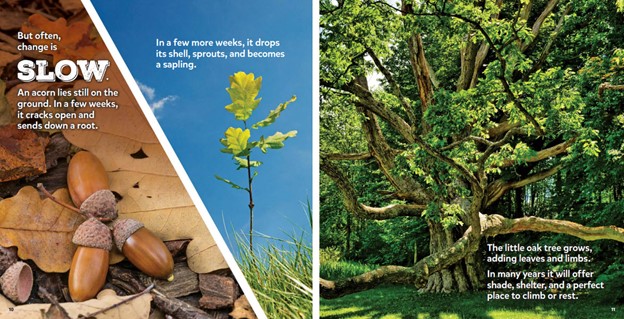

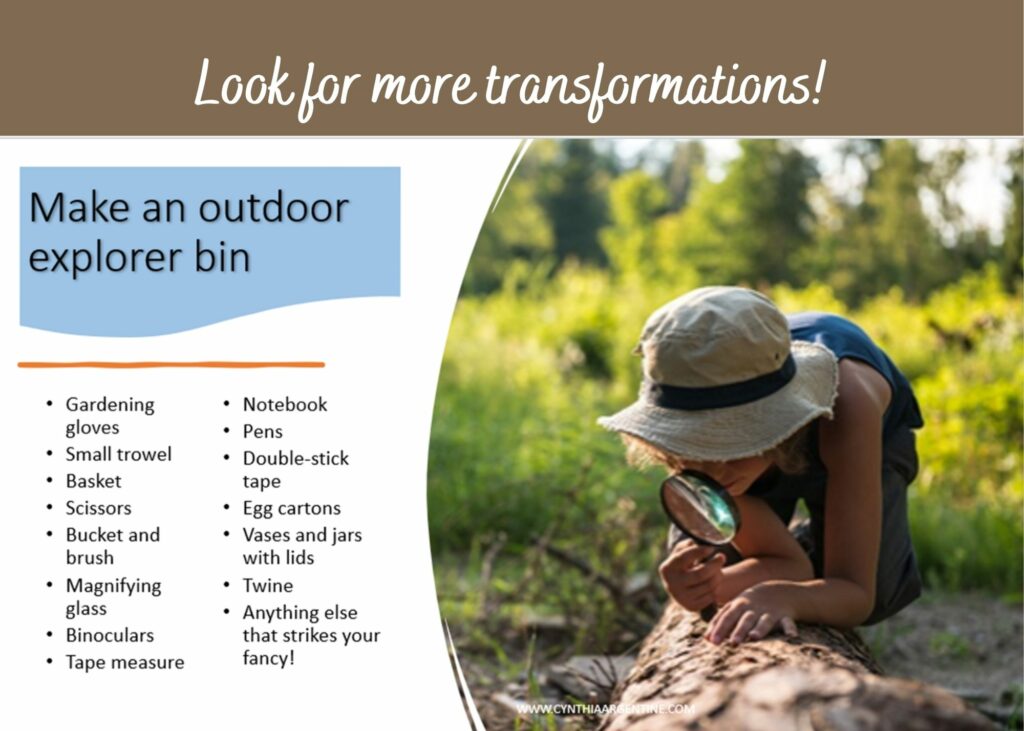

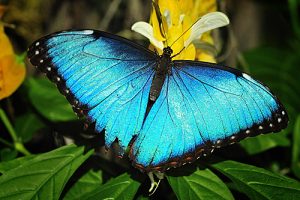

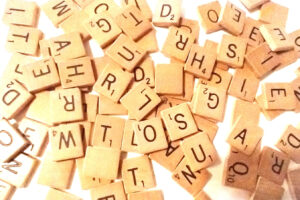

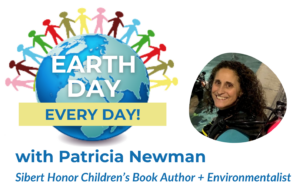
Leave a Reply
Your email is safe with me.